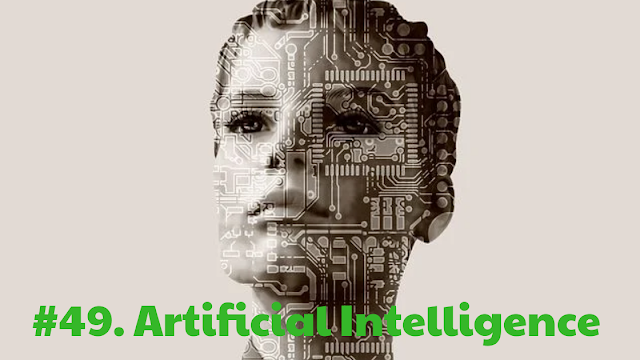Most people know how to access and use the internet, whether from their phone at work on their home WiFi. But what is the internet? If you want to know how does the internet actually work?
You are in the right place
This is the story that describes how we connected with the Internet.
The Internet is simply a worldwide computer network providing a variety of information. Every internet user is directly or indirectly connected with the internet. You may think about how is possible to connect the whole world.
How does internet work?
There are three types of companies TR1, TR2, TR3 makes it possible to connect the whole world on the internet.
Generally, TR1 companies are the main reason for the internet. They arrange fibre optics cable under the sea and spread all over the world. Optical fibre cables have a maximum data transfer rate so these cables are used in it. TR1 companies only charge the price of maintenance of cables. Internet is free we have to only pay the maintenance charges.
When you opened your email, your email application sent an invitation to your email provider (for example, Gmail) through your laptop’s Network Interface Card to your Wireless Access Point (WAP) using your local WiFi. The WAP then sent the request through a wire to the local router.The local router took that request and sent it to a different router, which then sent to a different router, and another router, all the way through a sequence of routers until the info was transferred over one among the transatlantic communication cables to us.
There, it ended up at a Google data centre (because you employ Gmail). Google then processed your request to urge any new emails that had been available since you last loaded your email. They packaged up your new, unread emails during a digital package called a “response,” and sent that package back to an equivalent address (your laptop) that requested the updates. The response probably took different routes on the way back, but it went through an equivalent mechanism.
Sources -https://www.submarinecablemap.com
You can see how this optical fibre cable connects us.
(Optical fibre cable)
Then the responsibility comes to the TR2 companies. They work at the national level, they connect the optical fibre Cable and create links with TR3 companies. Then TR3 companies complete the whole process. They work on the local levels. They connect every city of your Nation. And we get the internet. Now we can access the internet from our room. This is all about 90% of the Internet. Another 10% internet is used by satellite but this 10% is only about Government intelligence agencies.These elements are connections. Some are endpoints -- the pc, smartphone or other devices you're using to read this might count together. We call those endpoints clients. Machines that store the knowledge we seek on the web are servers. Other elements are nodes that function a connecting point along a route of traffic. then there are the transmission lines which may be physical, as within the case of cables and fibre optics, or they will be wireless signals from satellites, telephone or 4G towers, or radios.
All of this hardware wouldn't create a network without the second component of the Internet: the protocols. Protocols are sets of rules that machines follow to finish tasks. Without a standard set of protocols that each one machine connected to the web must follow, communication between devices couldn't happen. the varied machines would be unable to know each other or maybe send information in a meaningful way. The protocols provide both the tactic and a standard language for machines to use to transmit data.
All of this hardware wouldn't create a network without the second component of the Internet: the protocols. Protocols are sets of rules that machines follow to finish tasks. Without a standard set of protocols that each one machine connected to the web must follow, communication between devices couldn't happen. the varied machines would be unable to know each other or maybe send information in a meaningful way. The protocols provide both the tactic and a standard language for machines to use to transmit data.
Thanks for visiting my blog. Have a great day.











